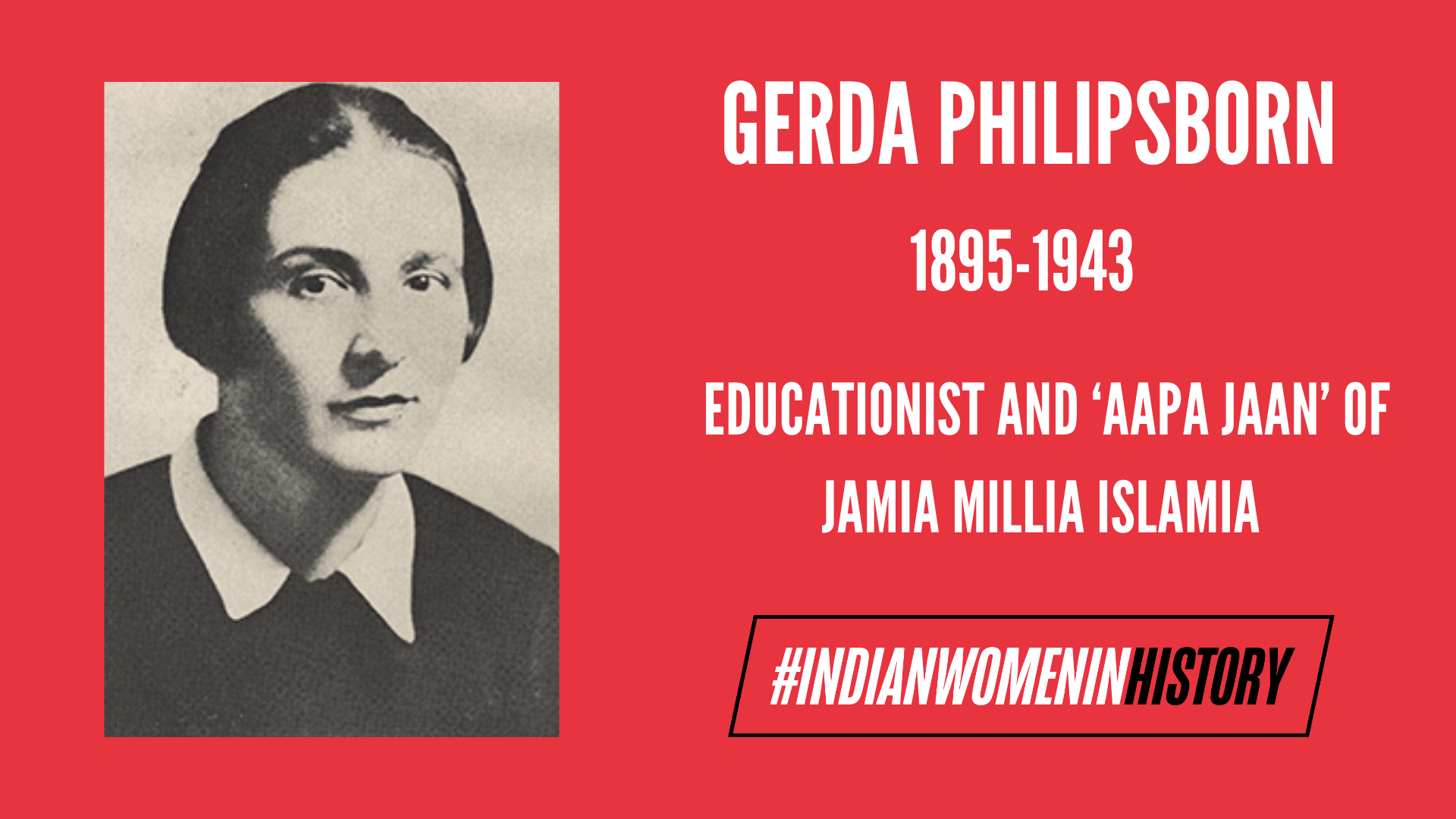The Gerda Philipsborn Day Care Centre in Jamia Millia Islamia offers crèche services for the children of staff, non-staff and neighbourhood parents. However, the aptly named building also serves as a reminder of the legacy of its namesake and the values she stood for. Gerda Philipsborn devoted her life to the dissemination of education and was crucially involved in the Nursery and Primary School section of Jamia Millia Islamia during her time in India.
Dr Syeda Hameed, educationist and women’s rights activist, in her discussion on the unrecorded and underappreciated contribution of Muslim and other women in the building of educational institutions, has called Philipsborn an “invisible architect” of Jamia. While records of her life and social work are scant today, the existing accounts from her contemporaries and current scholars tell us the story of Gerda’s altruism and passion for youth education.
Gerda Philipsborn was a German-born Jewish woman who arrived in India in December 1932 and joined Jamia in January 1933. Her choice to be a part of this institution was not arbitrary. It stemmed from her interactions with three Indian students who studied in Berlin in 1921.
Also Read: History, Challenges And Vision Of Establishing All Women’s Colleges
Zakir Husain, Abid Husain and Mohammad Mujeeb went to Berlin University for their higher education and met with Gerda at a party organised to facilitate German-Indian connections. In the aftermath of the Non-Cooperation Movement, the trio harboured the Gandhian dream of self-sustenance under colonial rule and wanted to build their own non-colonial educational institutions.
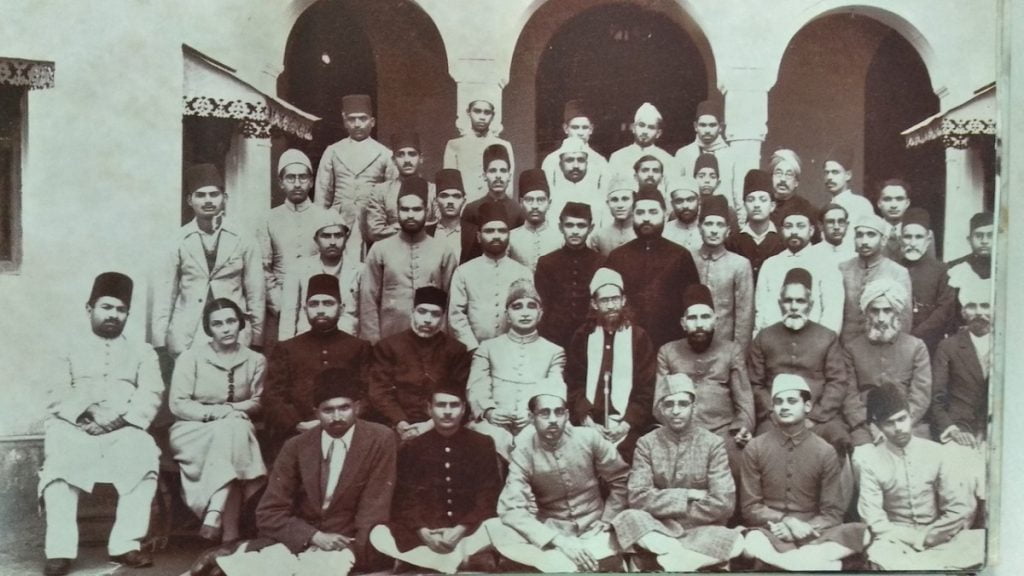
The future founders of Jamia Millia Islamia shared their ideas about a new institution in India with Gerda and as per Dr Syeda Hameed, she also partook in the conversation by introducing them to German pedagogy and new educational institutions that came up in post-war Germany. As per Hameed, she was not a mere contributor but a partner in their dreams.
Gerda Philipsborn wanted to join the trio when they established Jamia but was met with a lot of discouragement. The idea of German memshaib participating in the challenging work of building a fresh institution seemed impractical to many.
However, Gerda’s passion for education and a will to contribute to such a project had existed much before the arrival of the trio. Through her work and her ability to form a community around her, Gerda went from memsahib to bari behen or aapa jaan (elder sister) for many of the students she taught at Jamia.
Gerda’s life before India
Before arriving in India, Gerda Philipsborn belonged to a well-off family in Germany. She was well-educated and was trained as an opera singer by a famous conductor. She was interested in literature, art and music but most of all, she was interested in teaching. Her active role in social work through education is visible from her early life itself.
Gerda initiated her own kindergarten in Berlin and worked in the Jewish People’s home. She also supported the Ben Shemen Youth Village project that was initiated by Jewish Brothers Alfred Lemm and Seigfried Lehmann in 1927. The project included an agricultural boarding school in Palestine. Gerda participated in fund-raising for the project and even taught at the school in 1932. In addition, she was associated with a Berlin asylum organisation for refugee children.
Gerda left the country, her family and a life of material comfort, to pursue her dreams of becoming an educator and actively helping with social reform even though she would face hurdles of language, religion, ethnicity and gender in an entirely new country.
Her involvement with the kindergarten and fund-raising are not only testimonies of the work that she did in the field of education in a time when it was uncommon for women to participate in such projects but are also activities she continued to pursue when she came to India.
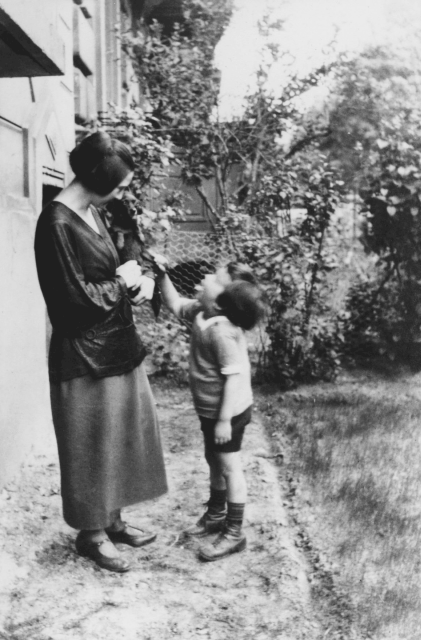
She was very interested in the project of Jamia and wanted to contribute in any capacity. However, the historical context of Germany also motivated her to leave the country. At the time, Hitler’s persecution of the Jews was also very active.
Also Read: Haleema Beevi: Journalist, Social Reformer, And A Political Activist | #IndianWomenInHistory
Gerda left the country, her family and a life of material comfort, to pursue her dreams of becoming an educator and actively helping with social reform even though she would face hurdles of language, religion, ethnicity and gender in an entirely new country.
Social reform in India
When Gerda Philipsborn arrived in India she was appointed as a kindergarten teacher in 1932. From her appointment, she began to actively participate in teaching, fund-raising and institution-building.
She was a beloved teacher and her students used to call her aapa jaan or elder sister. She was not only a teacher to them, but also a mentor and a guide. She taught her students about a wide range of topics beyond formal education. She told them about hygiene, sports, photography, painting and music.
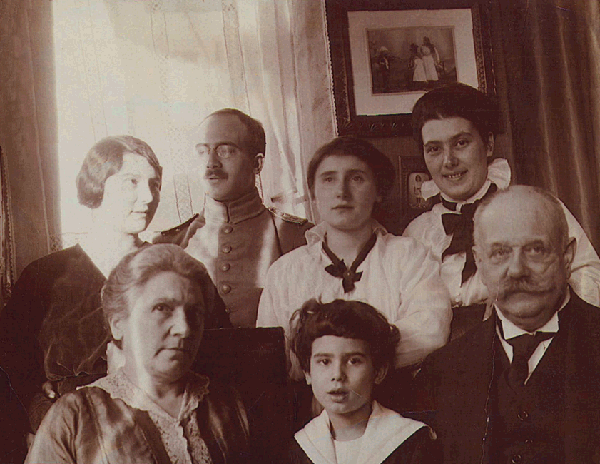
Her investment in the creative expression of her students led to her initiative called piyami baradari an educational society which facilitated articles written by children and letter-writing among children throughout the country. She also initiated an international Jamia journal for children called Payam-i-Talim or Messages of Education. She fostered arts and crafts through her picture book called ‘Children’s Zoo‘ which taught origami of basic animals and birds.
Her investment in the creative expression of her students led to her initiative called piyami baradari an educational society which facilitated articles written by children and letter-writing among children throughout the country. She also initiated an international Jamia journal for children called Payam-i-Talim or Messages of Education.
Gerda was deeply invested in the lives of the young boys who studied in the kindergarten and was also in charge of their hostel. In an obituary written by her contemporary Anita Kashyap, Gerda’s devotion to the school and her students has been described as:
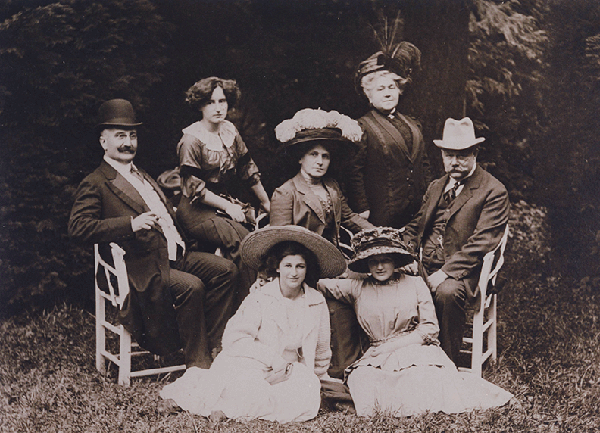
“It is impossible to describe the complete self-disregard with which she devoted herself to the cause of the school. Again one must hope that somebody will describe her life in Delhi for almost twelve [sic] years. How she travelled always 3rd class the length and breadth of India to collect money for the school. How for weeks she nursed a typhoid child in her own bedroom. How in all these years she never left the sweltering heat of the plains during summer and refused to go to the hills because even in the holidays there was always urgent work for her to do. How when the first signs of her illness appeared in the year before the war, she refused to go to Europe because she just could not leave school. And how she was always ready to help others, never thinking of herself.”
Also Read: Tayeba Begum Khedive Jung: The First Muslim Woman Graduate | #IndianWomenInHistory
Evidently, Gerda was invested in taking care of the young, the ill and very often also the women. According to scholar Razak Khan, she involved women who were in traditional family roles of social exclusion in community and educational events at Jamia. Her social work also extended beyond Jamia. She had gone to Gandhi’s Ashram in Wardha to provide lessons in embroidery, drawing and knitting to the women there.
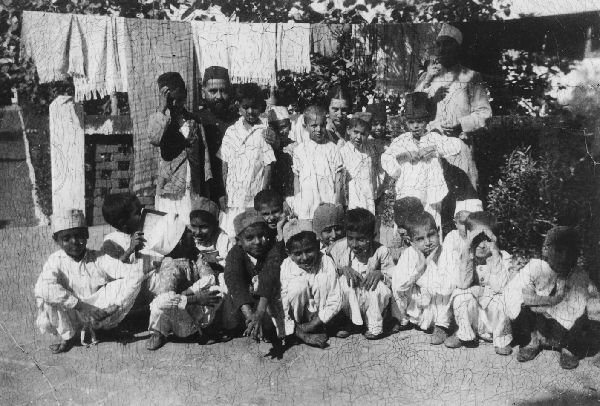
Researcher Gene Dannen talks about Zakir Husain’s dedication to his book Talimi Khutbat or Educational Addresses to Gene Philipsborn. He mentions that Gerda had provided advice to Zakir Husain on educational policies. These later became even more significant when Gandhi appointed Zakir Husain as the leader of the Basic National Education Plan.
Gerda’s active involvement in the Gandhian project and her work in Jamia made the colonial authorities suspicious of her role. Her application for British Indian citizenship had been shot down due to her insistence on staying in India. Moreover, during the Second World War, she was arrested and detained at Purandhar camp for being a ‘German enemy.’
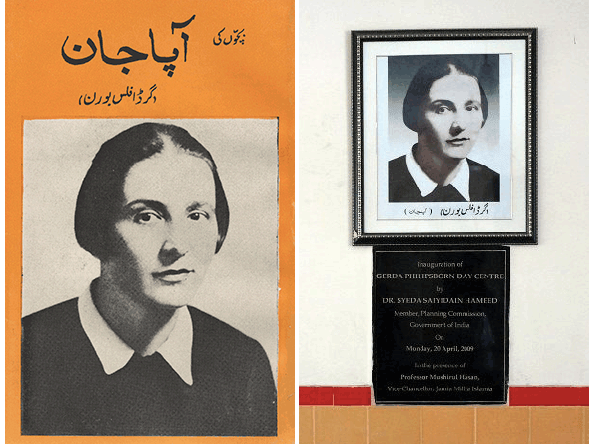
Her health deteriorated in the camp but she continued to sing songs, nurse other Jewish inmates back to health and kept up their spirits. She succumbed to ill health and was buried in Jamia itself.
Gerda’s life can be seen through the frames of her undying commitment to educational projects. She fully invested herself in teaching and the community despite receiving very little financial compensation. Her life and work have not been documented even though her participation in the building of Jamia was visible from the very conception of the idea of the University.
Her active role in fund-raising also helped sustain Jamia, which has grown into a prominent minority educational institution of today’s time. Syeda Hameed rightly names Gerda among the Jamia’s Khatoon-e-Awwal or Jamia’s number one woman.
Today, two of Jamia’s buildings – a girl’s hostel and a daycare have been named after Gerda Philipsborn. However, our archives are still not furnished with enough information about her life. In 2014, some students from Jamia attempted to locate Gerda’s grave in Jamia’s cemetery and found that college records contained little information about her. Though they were successful in locating her grave in the cemetery, they noted that it was unmarked.
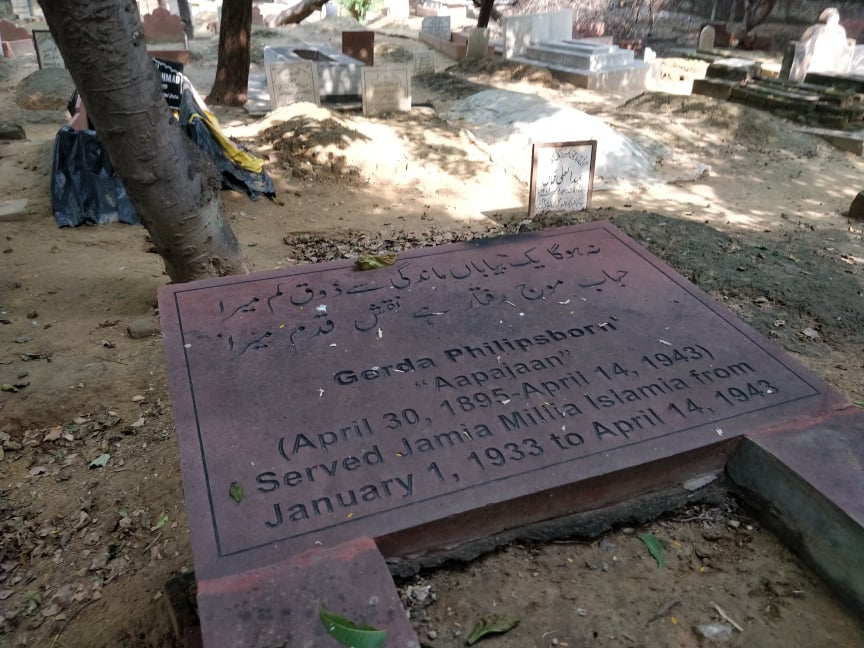
Gerda’s life was innately connected to the non-cooperation movement in India, the formation of a major educational institution, the strengthening of ties between the Jewish and Muslim communities in the country and the cross-cultural transfer of knowledge. Her contributions are important in the larger study of the history of the University and the country. Tracing her biography is an important project to fill holes in our study of the past.
About the author(s)
Sakshi (she/they) is a student pursuing History at St. Stephen's College, Delhi University. They are interested in issues of gender, sexuality, education and culture. They love game nights, a good film and a sleeping in.
